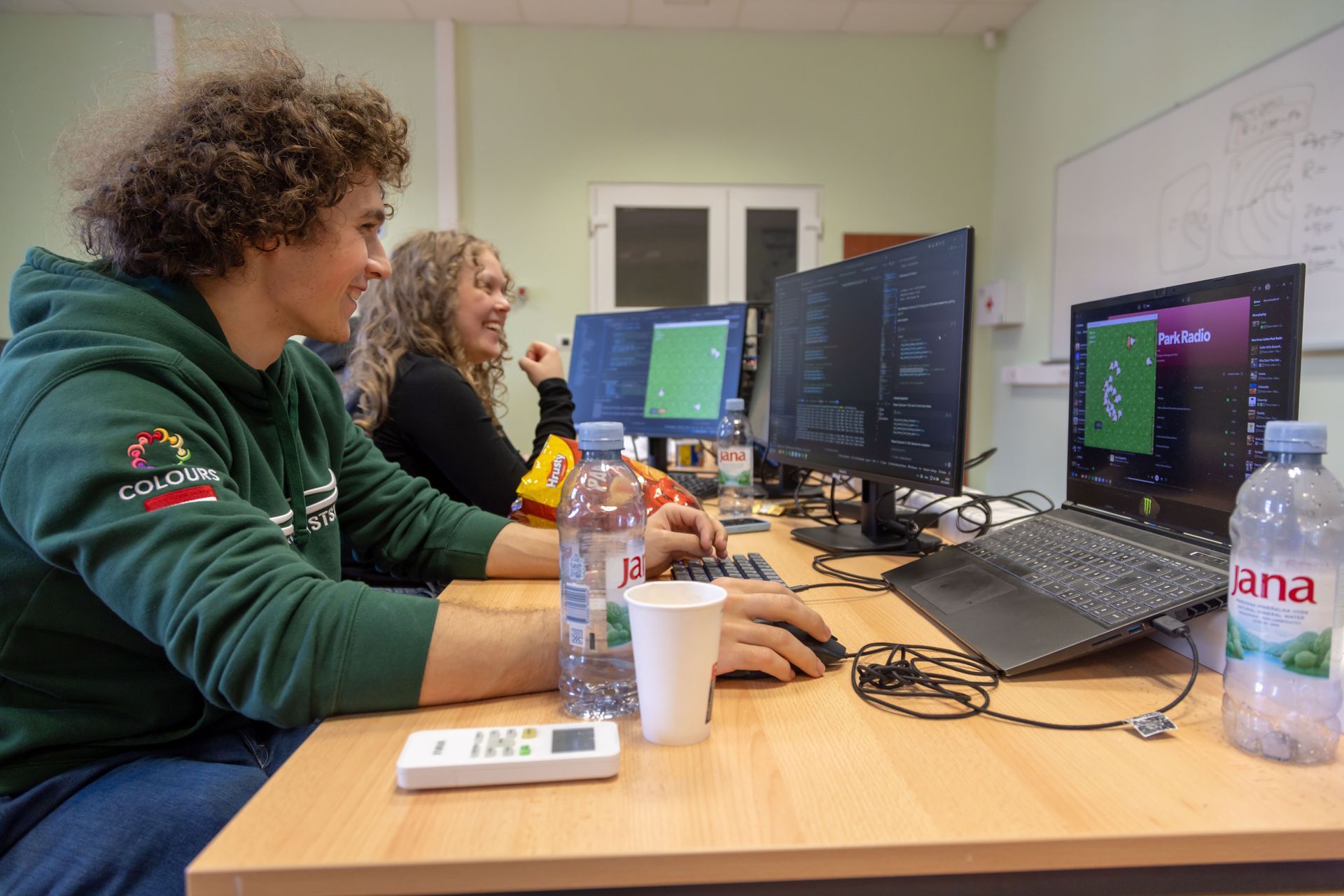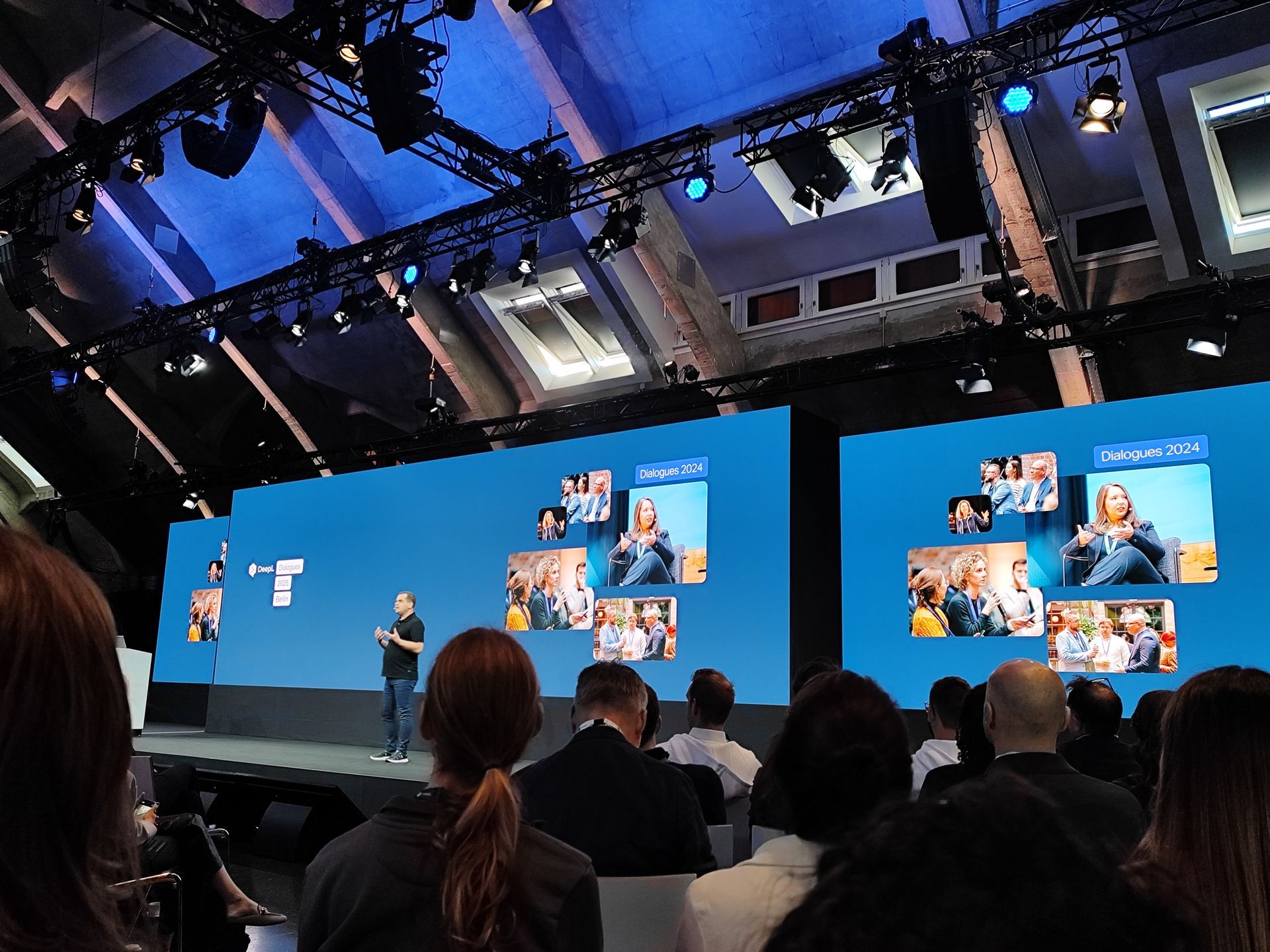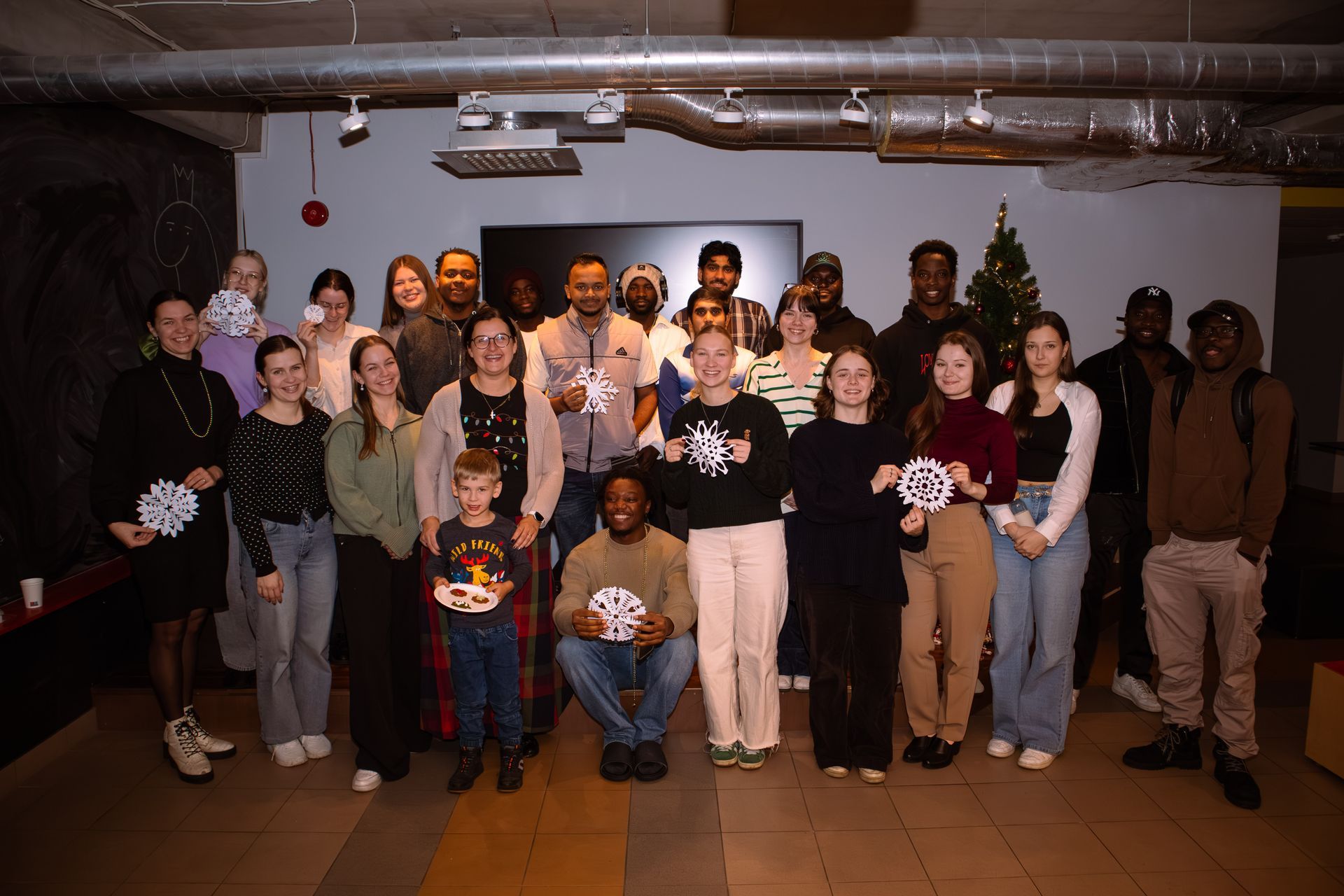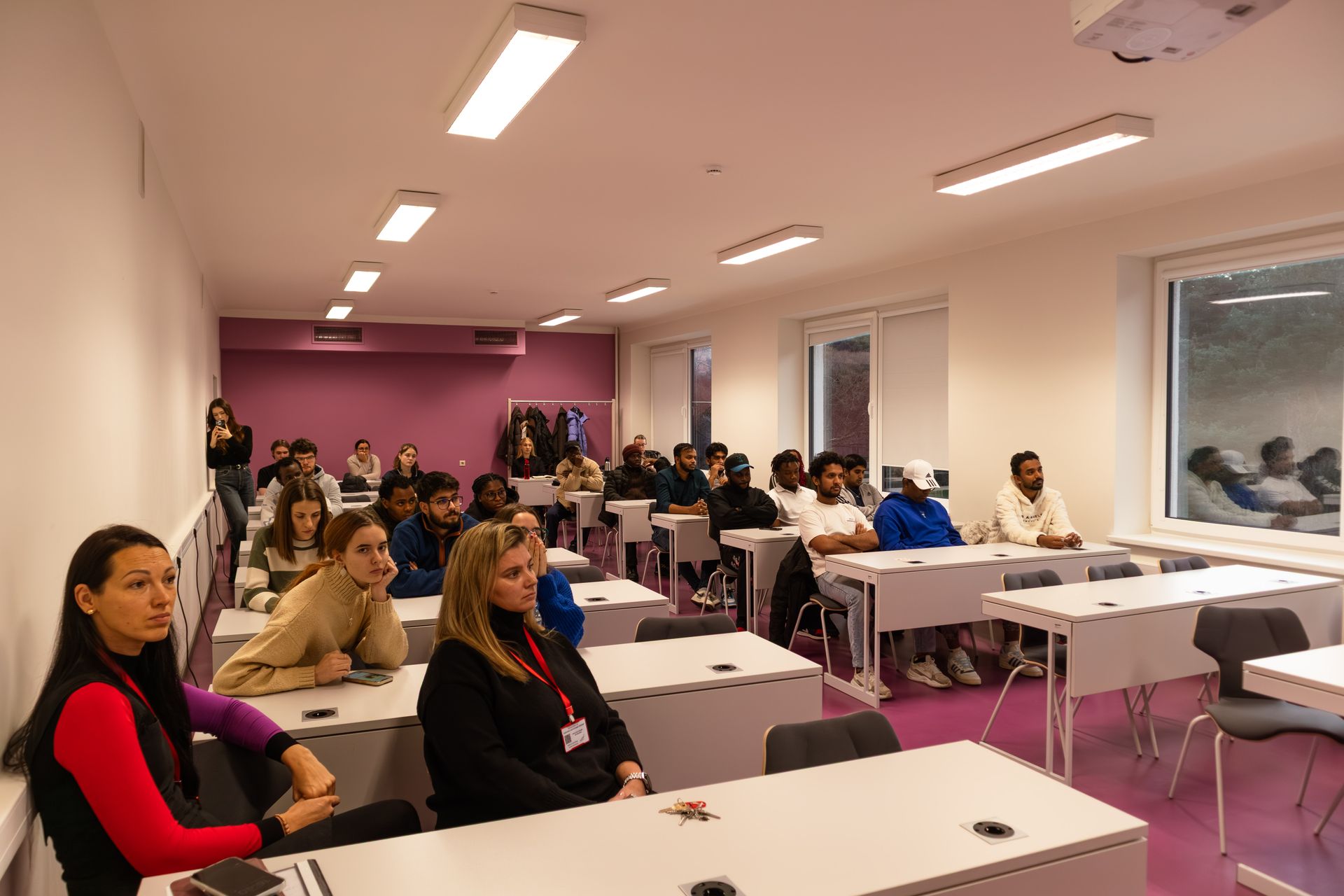VIRAC Specialists Return from JIVE with New Data and Knowledge
Specialists from the Ventspils International Radio Astronomy Center (VIRAC) spent two weeks in the Netherlands at the Joint Institute for VLBI ERIC (JIV-ERIC), where they processed radio interferometry data recently commissioned by Latvian scientists to uncover the secrets behind the formation of new massive stars. With the help of JIVE support scientists, the team performed data calibration and reduction, created high-resolution images, and measured emission parameters. New VIRAC specialists were trained in calibrating data from the European VLBI Network (EVN) using the AIPS (Astronomical Image Processing System) software.
The following VIRAC staff members visited JIVE:
- VIRAC researcher Artis Aberfelds, who processed data from his EVN observation project (EA072), conducted within the framework of the research project “Single Baseline Radio Interferometer in Modern Transient Astrophysics” (IVARS), No. lzp-2022/1-0083.
- VIRAC scientific assistant Aija Kalniņa, who learned how to process Very Long Baseline Interferometry (VLBI) data for the project “New Indicators and Approaches for Predicting Solar Flares”, No. lzp-2024/1-0023 (FLARE), and consulted with JIVE specialists on preparing and submitting the next EVN observation proposal.
- VIRAC astronomy technician Anete Egliene, who travelled to JIVE with ERASMUS+ scholarship support as part of an academic internship from the University of Latvia, conducted at VIRAC under the supervision of researcher Artis Aberfelds. She was trained in the use of AIPS software, calibrated EA072 data, generated moment maps, and measured maser emission parameters.
Anete reflects: “I believe the valuable experience and data processing knowledge I gained during the internship will benefit me in writing my master's thesis and in my future academic career.”
The group was warmly welcomed by Zsolt Paragi, head of the User Support Group, who introduced them to JIVE's history, current research, and provided a tour of the facilities, including the EVN network correlator and a Flexbuff unit labelled "Irbene", where data from Latvia is received.
Very Long Baseline Interferometry (VLBI) enables radio telescopes to synchronise and produce a joint image of a source, with resolution proportional to the distance between the telescopes. The Irbene radio telescopes are part of the European VLBI Network (EVN), and the participation of more antennas improves image quality. Additional topics discussed included challenges related to the Irbene observatory, such as single-baseline observations and post-processing of SFXC outputs as well as data calibration.
As part of the trip, the team also visited the Westerbork Synthesis Radio Telescope (WSRT), a radio telescope array consisting of 14 individual 25-meter dishes (see Image No.1). Built in 1970 on the Westerbork Memorial grounds, it is part of the EVN.
During the visit, the team acquired skills in using AIPS software, processed EA072 observation data, prepared and submitted a new EVN observation proposal, and enhanced collaboration between VIRAC and JIV-ERIC. VIRAC specialists gained valuable experience that will benefit scientific work at VUAS IZI VIRAC. The data from the EA072 observation project will be compiled and interpreted, and a scientific publication is expected. The research will contribute to a deeper understanding of three newly forming massive stars and the overall process of massive star formation.
Share on other platforms
Other news









